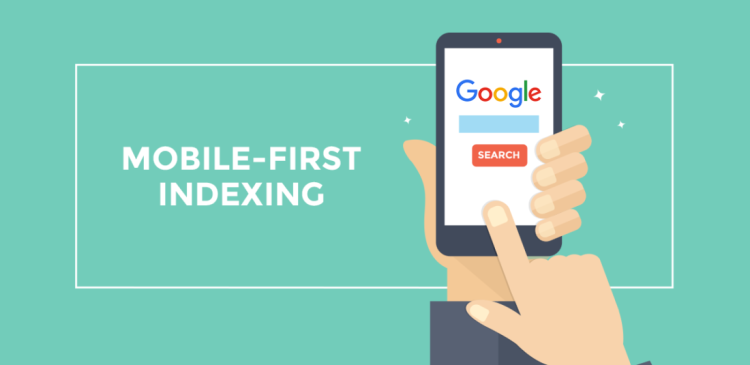Google’s Mobile first indexing Explained

Google’s mobile-first indexing uses the mobile version of a given content for indexing and ranking. Earlier, the index used the desktop version of the page’s content when evaluating the relevance of a page to the user’s query. Now, since a majority of users access Google Search with a mobile, Google indexes the page with the smartphone agent going forward.
Since July 1, 2019, mobile-first indexing was enabled as default for all new websites. For older or existing websites, pages are continuously monitored and evaluated based on the practices detailed in the guide. Google informs site owners in the Search Console of the date when their sites were switched to mobile-first indexing.
Mobile-first indexing just means that Google uses the mobile version of the webpage for ranking and indexing. That is, if your website has both desktop and mobile URLs, Google presents the desktop URL to desktop users and mobile URL to mobile users. The indexed content, however, will be the mobile version.
MOBILE-FIRST INDEXING AS DEFAULT FOR NEW WEBSITES
Websites published after July 1, 2019, have mobile-first indexing enabled by default. This announcement was made by Google in May 2019 and further explained that the change applied to websites were previously unknown to Google Search. The reason why Google made mobile-first indexing default for new websites were detailed in the announcement.
MAKING MOBILE AND DESKTOP EXPERIENCES THE SAME
An emphasis on providing a similar experience on mobile and desktop was added to mobile-first indexing’s best practices on January 2020. A summarized list of what was meant by providing a similar experience is given below:
- Ensuring access to desktop and mobile page content and resources to Googlebot.
- Ensuring that both mobile and desktop content are the same.
- Using meta robot tags on mobile and desktop site.
- Using the same headings on mobile and desktop sites
- Ensuring that mobile and desktop sites have the same structured data.
Google warns that a purposeful lack of content on the mobile version of a page than the desktop version will likely cause a drop in traffic. According to Google, the users wouldn’t be able to access much information from the page as before, that is, while using the desktop version. Instead, it is recommended that the primary content be the same on both the mobile and desktop pages, including the headings.
BEST PRACTICES OF GOOGLE’S MOBILE-FIRST INDEXING
A comprehensive list regarding the best practices of mobile-first indexing by Google is given below. Most of the information given in the list isn’t really new. The list itself is a compilation of recommendations and advice provided by Google over the years. In addition to recommendations regarding the creation of similar experiences on both mobile and desktop pages, the list also includes:
- Ensuring that the error page status remains the same for both mobile and desktop pages.
- Avoiding fragmented URLs on mobile version.
- Ensuring desktop pages and mobile pages are equivalent.
- Verifying desktop and mobile sites on Search Console.
- Checking the hreflang links on separate mobile URLs.
- Ensuring that the mobile site can handle an increased crawl rate.
- Ensuring robot.txt directives are the same on desktop and mobile sites.
Google also offers an entire section on suggestions for separate URLs. In Google’s mobile-first indexing documentation, it is strongly recommended to have a mobile version of your pages, even if it isn’t required.
HOW TO IMPROVE PERFORMANCE IN GOOGLE’S MOBILE-FIRST INDEX
-
Make sure important content is shown on all versions, if you own multiple versions
Ensure that important content- including structured data, internal links, images etc. is on the mobile version of your website. Google warns that less content on mobile page than desktop page will lead to a decrease in traffic.
-
Letting Googlebot access and render content
It is recommended by Google to use the same meta robot tags on the mobile site, avoid lazy-loading primary content and to allow Googlebot to access your resources.
-
Verify structured data
Check that the structured data is same on both desktop and mobile versions and make sure that the URLs are correct.
-
Improving mobile page speed
Page speed is an important factor to consider and it has become even more important with mobile-first index and Page Experience update.
-
Keeping an eye on mobile errors
Getting a site to perform well in the mobile-first index is not an easy task. The Search Console needs to be closely monitored so that mobile errors can be identified and fixed.
Follow TGI Technologies, to get updated about the latest news and informations regarding Google and Tech world.




